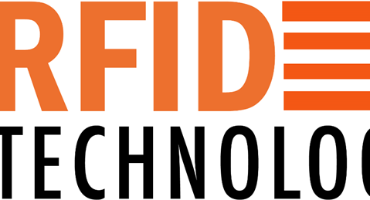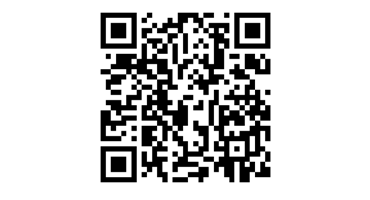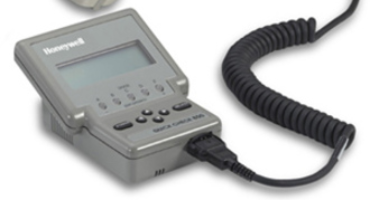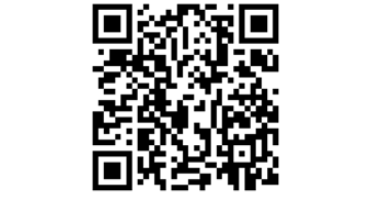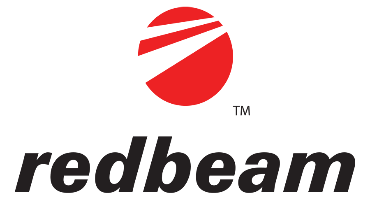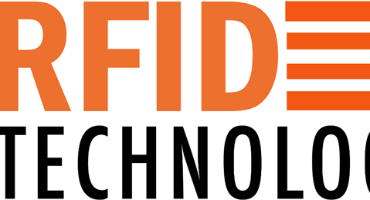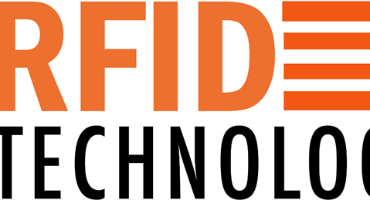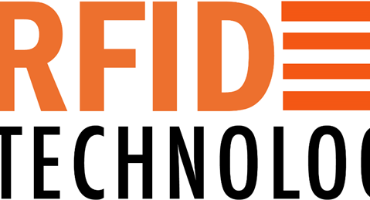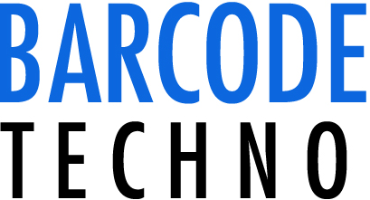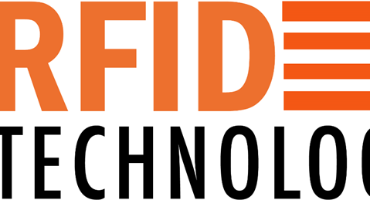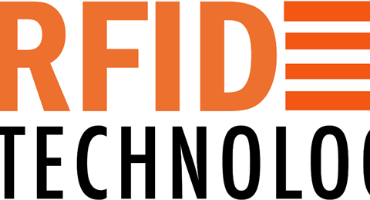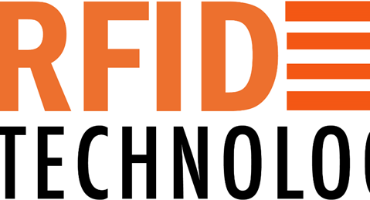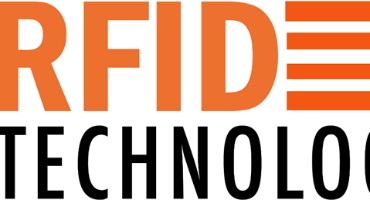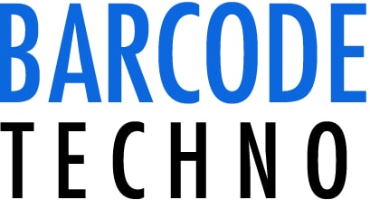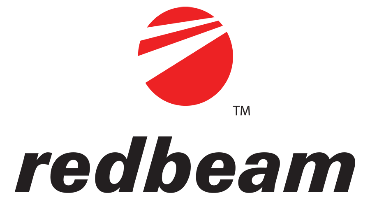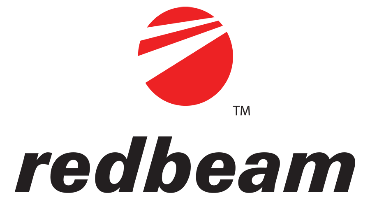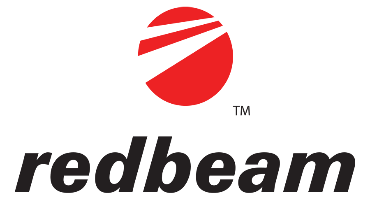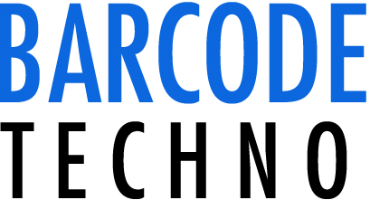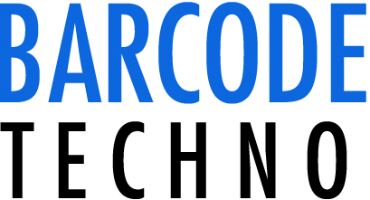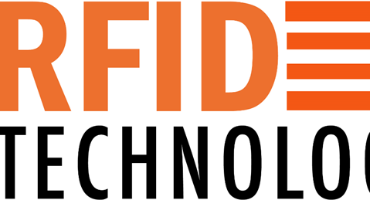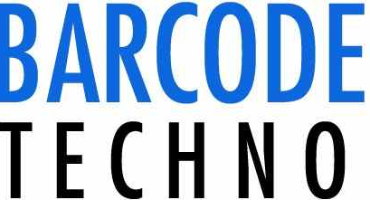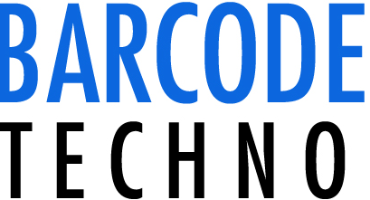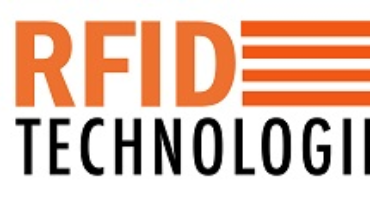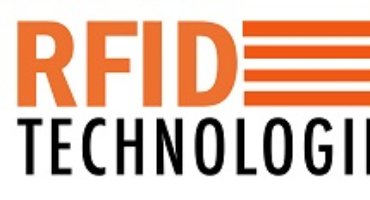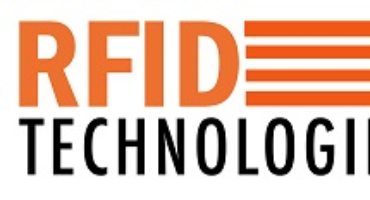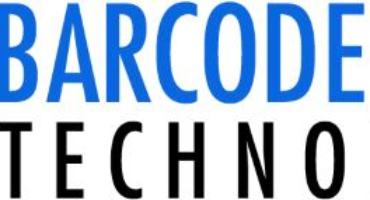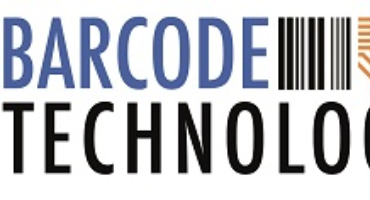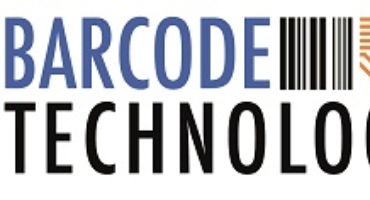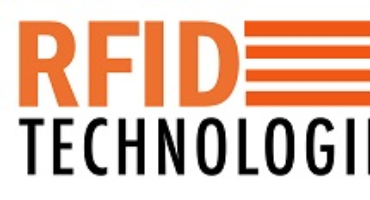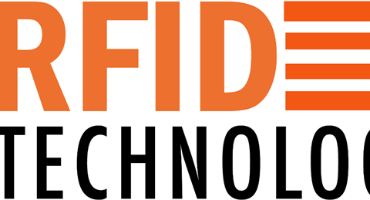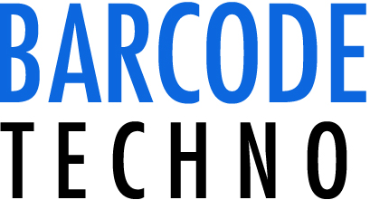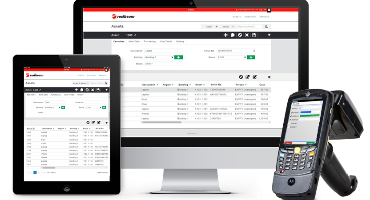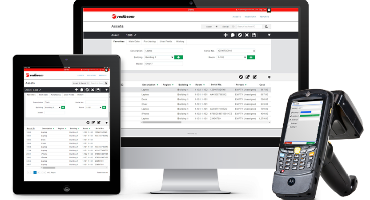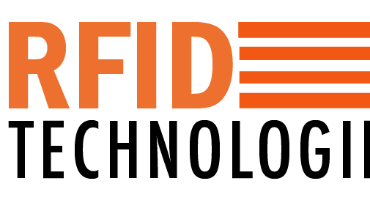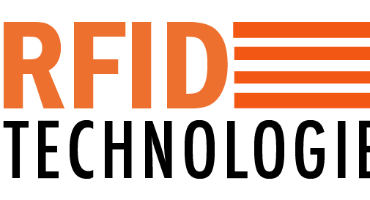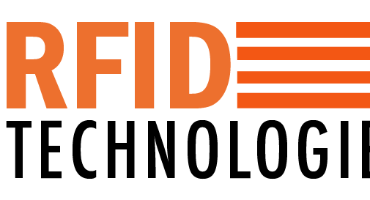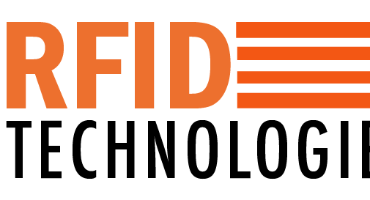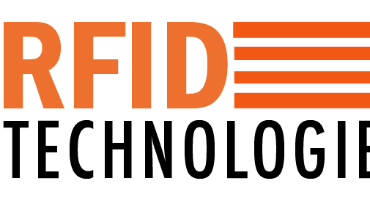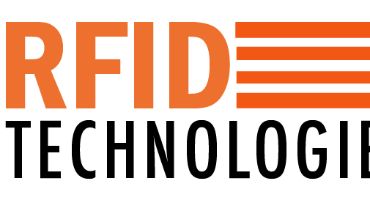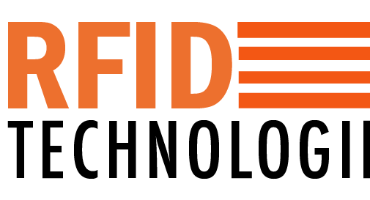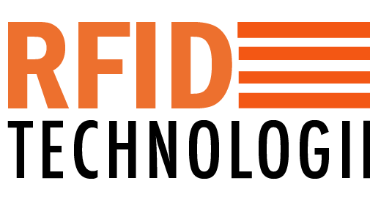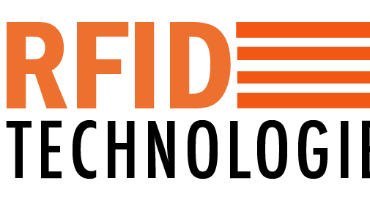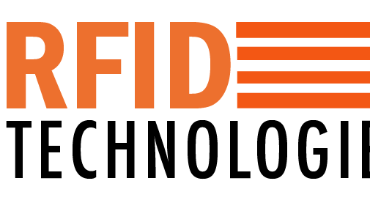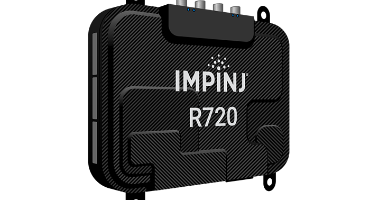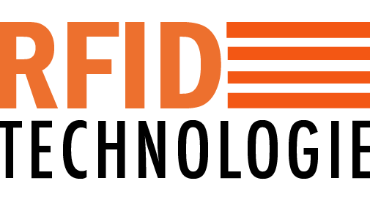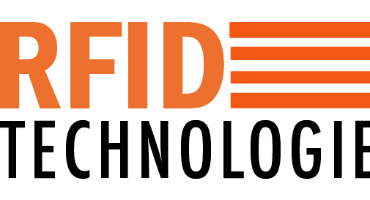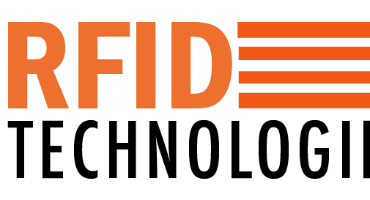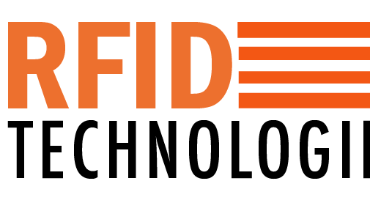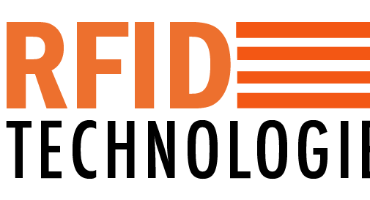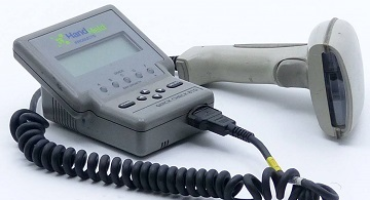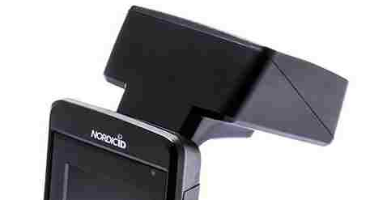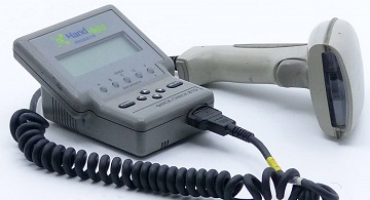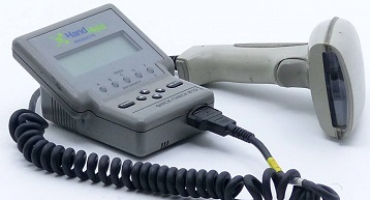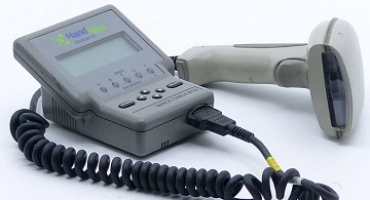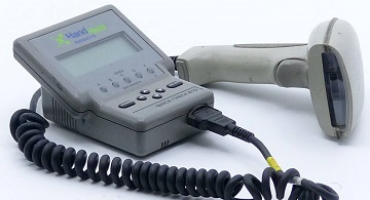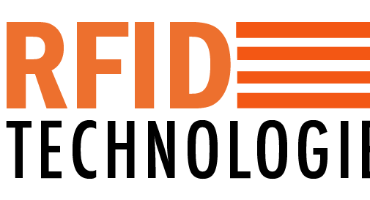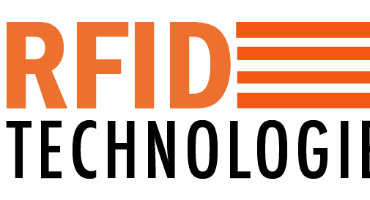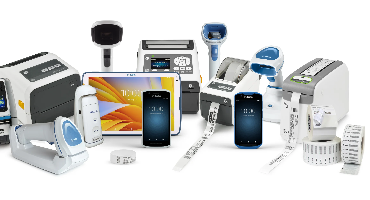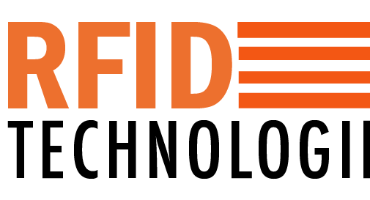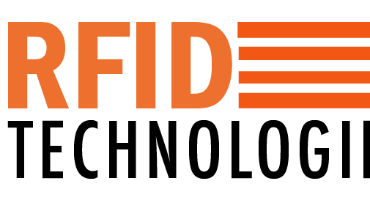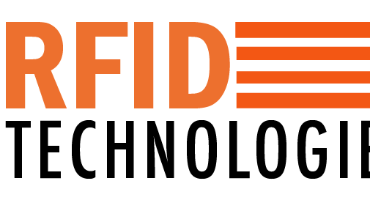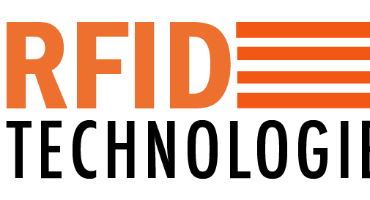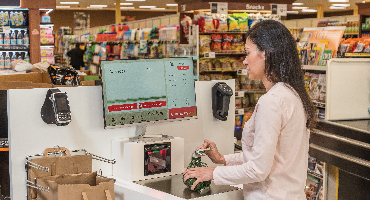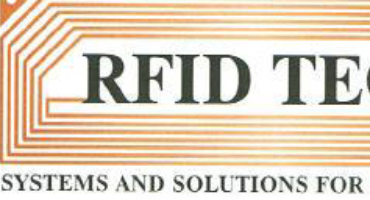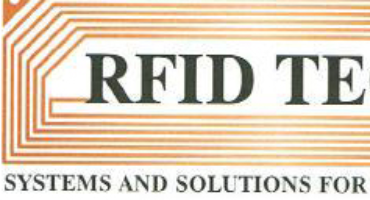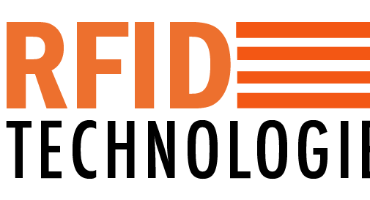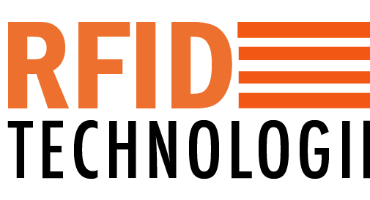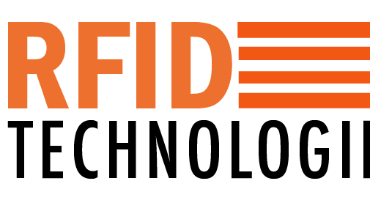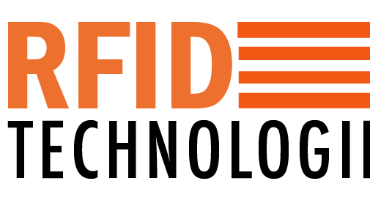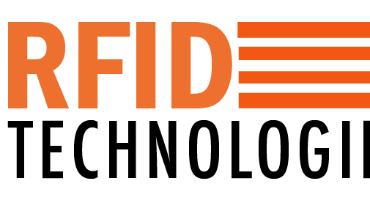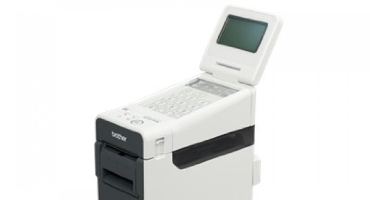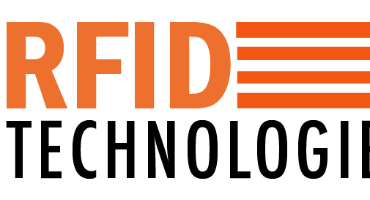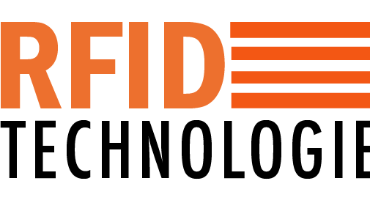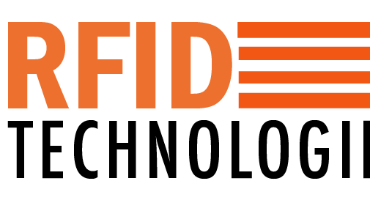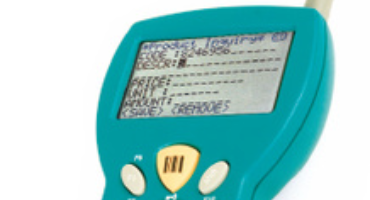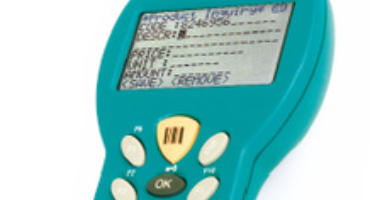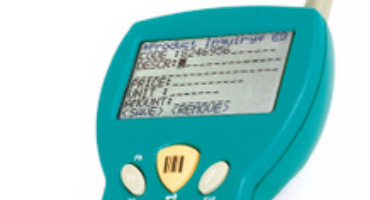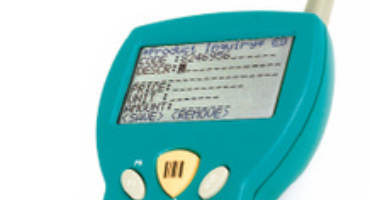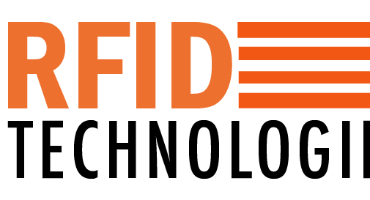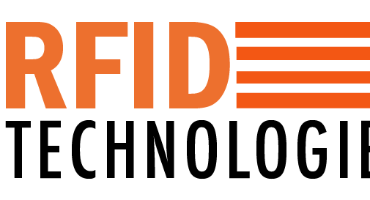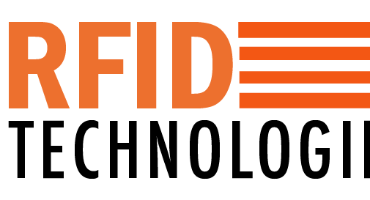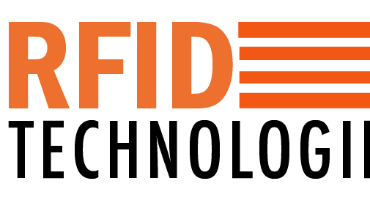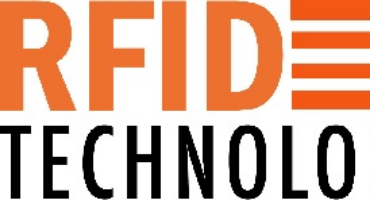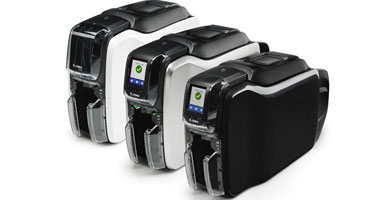RFID (Radio Frequency Identification) tags track wooden pallets by using radio waves to automatically log their movement at various checkpoints, providing real-time visibility for delivery and returns management without requiring manual,...
How RFID technology dramatically improves efficiency & Return of Investment (ROI) for Returnable Transport Items
Returnable Transport Items circulate constantly between factories, warehouses, suppliers, and customers. Companies often lose...
Barcode Technologies Ltd launches RFID Technologies web site - www.rfid-uk.com - UK's leading provider, for over 30 years, of products & solutions in barcode & RFID data capture and AutoID and mobile computing systems with...
Enhancing Supply Chain and Manufacturing ffficiencies using RFID Technologies
At RFID Technologies - www.rfid-uk.com, we help businesses transform their supply chain and logistics operations through the power of RFID automation. Our advanced...
RFID UHF (Ultra-High Frequency) technology is used in transport and logistics to enable real-time tracking and management of assets like pallets, crates, and vehicles due to its long read range and ability to read multiple tags at once. It...
How To improve asset inventory visibility in real time with UHF RFID technologies - managing inventory across complex networks is challenging when operations are fast-moving and global and how using RFID Readers and RFID Labels Tags improves...
QR (Quick Response) codes are two-dimensional (2D) barcodes invented by Denso Wave in 1994 to store large amounts of data, including text, URLs, contact info, and payment details, in a small, two-dimensional pattern of black and white squares....
Honeywell QuickCheck QC810 Handheld Linear (1D) Barcode Verifier used to test the quality and readability of 1D barcodes against ANSI/CEN/ISO and traditional standards. It provides a convenient "aim-and-shoot" method for simple...
RFID (Radio-Frequency Identification) technologies is a fast automatic identification system that uses radio waves to wirelessly transmit data between a tag and a reader.
An RFID system typically includes a RFID tag (containing a microchip and...
QR codes barcodes are a perfect example of industrial innovation spilling into everyday life.
They solved a very practical problem on Toyota’s production lines but became a digital bridge between the physical and online worlds.
Their...
Redbeam RFID Tracking Made Easy - Automate, Locate, Streamline & Scale for End-to-end Visibility - from the warehouse floor to the back office, RedBeam is Asset Tracking Made Easy.
Redbeam RFID Tracking Made Easy allows you to gain fast,...
1. Boost Efficiency: Automate Tracking & Eliminate Errors:
Automatic Identification: UHF RFID labels and RFID tags can be read in bulk, without line of sight, as RTIs move through dock doors, conveyor portals, or vehicles.
Faster...
How RFID UHF Technologies used for Returnable Transport Item (RTI) Management brings significant benefits to supply chain operations and logistics and automating workflows, boosts efficiency and cuts costs, enables real-time tracking for complete...
Ideal Use Cases of RFID (Radio Frequency Identification) technology
1. Asset Tracking:
Real-Time Location: Assets like medical equipment, IT devices, or tools can be located instantly across a facility.
Loss Prevention: Alerts trigger if...
HF RFID technologies is the backbone of real-time, enterprise-scale tracking across healthcare, retail, logistics and manufacturing. By automating inventory and asset management while ensuring authentication, it cuts costs, prevents losses, and...
How does integrating RFID technologies with existing barcode technologies in warehouses can achieve a more cohesive and efficient operation, leading to improved performance -n RFID (radio frequency identification) has emerged as a game-changing...
how RFID adoption works in warehouses, logistics, and distribution, and what hardware components must be considered for a successful implementation.
RFID Adoption in Warehousing, Logistics & Distribution
In these environments, RFID...
How RFID adoption works for valuable asset tracking and what hardware considerations are required for a robust installation. Asset tracking is a crucial process for businesses to monitor the location, status, and usage of valuable assets, helping...
How UHF RFID Technologies when applied for Returnable Transport Items (RTIs) like pallets and crates in transport and logistics, and how it actually cuts waste, prevents losses, and boosts profitability.
What We Mean by RTIs - Returnable...
How using RFID UHF Technology for real-time data and visibility for tracking pallets, crates, roll cages, totes used to move goods between suppliers, warehouses and customers in the transport and logistics and supply chain.
Let’s break...
How RFID technology adoption in retail is accelerating right now — a “perfect storm” of pressures from multiple fronts. Let me break it down into a clear, narrative explanation that could work for a report, blog, or...
ow RFID Technology adoption is expanding beyond retail into healthcare, aviation, manufacturing, and other sectors — driven by the demand for accurate real-time data and mission-critical information, with a resulting push for more...
Announcing the launch of RFID Technologies Ltd ( www.rfid-uk.com ) by Barcode Technologies Ltd ( www.barcode-uk.com ) represents a clear, strategic expansion and deepening of expertise in RFID solutions. This new division underscores the company...
BARCODE TECHNOLOGIES LTD (www.barcode-uk.com), the UK’s leading provider of barcode, RFID, Auto-ID, and mobile computing solutions, is proud to announce the launch of its dedicated RFID technology division:
RFID Technologies Ltd –...
Smart RFID Cabinet designed to bring security and real-time asset tracking to your workplace. Using RFID technology and secure user authentication, it ensures that only authorised personnel can access valuable assets tools, equipment, or consumables...
How RFID Technology helps to identify and locate individual assets and items and communicate for stock and inventory management throughout the supply chain management
RFID (Radio Frequency Identification) technology plays a...
How RFID UHF Technology helps to track RFID tagged items as they move through the supply chain, improving planning accuracy, identifying bottlenecks, and increasing supply chain efficiency
RFID...
How RFID UHF Technology helps to manage valuable asset and getting increased real-time visibility into asset management for efficient resource planning track assets as they move through a facility allowing...
How RFID UHF Technology helps to replace manual inventory counting with accurate inventory data is key to keeping an organization efficient and optimized. But many companies are stuck doing things...
How UHF RFID RAIN Technologies delivers an end-to-end RAIN RFID solution to manage inbound and outbound product distribution by streamlining receiving, shipping, and returns processes, delivering complete traceability in real...
How UHF RFID RAIN Technologies helps to combating counterfeits and offers a safe, secure, reliable and scalable method for authenticating critical products as they move throughout the supply chain
UHF RFID...
How RFID UHF RAIN Technologies helps to authenticity and provides privacy, performance, and flexibility while protecting retailers from fraudulent returns
RFID UHF RAIN (Radio Frequency Identification, Ultra-High Frequency, Radio frequency...
How RFID UHF RAIN Technologies in self-checkout in retail benefits inventory management with item-level visibility and real-time inventory tracking, retailers can make faster, more agile business decisions, Sales floor replenishment...
How RFID Technology with the Impinj R720 Enhances Asset Tracking and Warehouse Management
The Impinj R720 4-Port UHF RFID Reader is a high-performance device that allows connection to up to four...
RedBeam real-time inventory tracking software optimizes stock levels and inventory using RedBeam real-time inventory tracking software, follow these strategic steps to improve visibility, reduce waste, and increase profitability and customer...
RedBeam Asset Tracking Software (SaaS) can be highly beneficial for UK businesses in maintaining an asset register and supporting tax compliance, especially in the context of annual purchases of valuable...
How to help customers with RedBeam Web-Based Cloud Real-Time SaaS Asset Tracking Solution with their fixed valauable asset tracking made easy. Eliminate messy spreadsheets, streamline physical inventories better visibility and...
Maximize the benefits of UHF RFID solutions based on its capabilities:
1. Enhance Inventory Management:
Achieve Near-Perfect Accuracy: UHF RFID (Ultra-High Frequency Radio Frequency Identification) technology can improve...
Improving Operational Efficiency with UHF RFID Technology UHF RFID (Ultra High Frequency Radio Frequency Identification) is a powerful solution for boosting operational efficiency across various industries. By enabling real-time visibility...
RFID technology using AI-powered drones can significantly improve warehouse inventory tracking. reducing errors, increasing efficiency and enhancing real-time stock visibility as a valuable tool for warehouses operations
AI-powered drones...
How RFID technology is transforming industries and empowering data identication with manufacturers face increasing pressure to enhance accuracy, ensure regulatory compliance and streamlining operations with complexities and how to solve...
How RFID technology is transforming industries and empowering data identication with manufacturers, heathcare, transport & logistics and valuable assets face increasing pressure to enhance accuracy, ensure regulatory compliance and...
RFID UHF RAIN (Radio Frequency Identification) is an advanced RFID technology that uses Ultra-High Frequency (UHF) radio waves to automatically identify and track valuable assets or people. RAIN RFID is...
RFID UHF RAIN (Radio Frequency Identification) is an advanced RFID technology that uses Ultra-High Frequency (UHF) radio waves to automatically identify and track valuable assets or people. RAIN RFID is...
RedBeam Asset Tracking, hosted on Google Cloud, leverages a robust Software as a Service (SaaS) infrastructure with multiple security layers. This ensures data protection, compliance, and operational reliability while allowing...
RedBeam Asset Tracking hosted on the Google Cloud allows Software As A Service (SaaS) security of this infrastructure is designed in progressive layers including Operational Security, Internet Communication, Storage Services,...
RFID technology delivers business-critical information data throughout the lifecycle of every item manufactured, transported and sold and desposal to helping enterprises gain greater efficiencies, reduce waste and ensure every thing...
RFID technology offers a comprehensive solution for retail organizations to track, manage, and optimize everything they manufacture, transport, and sell. By connecting every aspect of the supply chain, RFID enhances...
RFID technology, particularly using UHF RFID readers and label tags, has revolutionized manufacturing processes by enabling full traceability across production lines. This technology provides significant advantages by ensuring real-time visibility...
RFID UHF technology provides a powerful solution to streamline operations, enhance data accuracy, and deliver full compliance in modern manufacturing and supply chain environments. By integrating this technology into your...
In the field of transportation and logistics, accurate and precision data available plays a crucial role in ensuring smooth operation to delivery. Whether it’s managing goods between warehouses, coordinating deliveries,...
Redbeam Asset Tracking software offers several benefits for organizations looking to improve their asset management processes. Here are some of the key advantages:
1. Improved Efficiency
Streamlined Processes:...
How schools in the UK are using the Redbeam Asset Tracking Software achieve greater control over their assets, leading to increased operational efficiency, cost savings and improved overall asset management
Schools...
How Ultra-High Frequency (UHF) RFID technology, combined with Artificial Intelligence (AI), plays a significant role in modernizing and enhancing supply chain operations across industries globally. Here’s how it contributes to...
What are true values of integrating of RFID and AI technologies RFID (Radio Frequency Identification) and AI (Artificial Intelligence) technology with Quantum Computing will dramatically accelerate faster and more accurate...
Integrating UHF RFID (Ultra-High Frequency Radio Frequency Identification), AI (Artificial Intelligence), and Quantum Computing in retail can significantly enhance automated checkout processes, AI-driven demand forecasting, and inventory...
What are true values of integrating of UHF RFID and AI with Quantum Computing in Manufacturing to accelerate faster and more accurate Real-time asset tracking of raw materials and finished...
What are true values of integrating of UHF RFID and AI with Quantum Computing in healthcare with tracking medical equipment and supplies, managing pharmaceutical inventory and ensuring compliance with regulations...
Benefits of integrating of UHF RFID and AI with Quantum Computing in Logistics & Warehousing with improved inventory accuracy and reduced shrinkage, optimizing warehouse operations with real-time data and AI-driven...
What are values of integrating of RFID and AI technologies RFID (Radio Frequency Identification) and AI (Artificial Intelligence) technology will dramatically accelerate faster and more accurate asset tracking and automated...
How RFID (Radio Frequency Identification) and AI (Artificial Intelligence) technology will dramatically accelerate faster and more accurate asset tracking and automated stock control
Radio Frequency Identification (RFID) and Artificial...
How Radio-frequency identification (RFID) Technologies solves today’s Supply Chain Challenges
Optimism is growing among supply chain professionals now that pandemic-related disruptions are passing. Still, concerns remain, including optimizing...
What is RAIN RFID? RAIN RFID is a passive, battery-free IoT technology that can identify up to 1,000 items per second within a range of a few centimeters to multiple...
How Impinj R720 RAIN UHF RFID Reader helps you keep track and monitor valuable assets andf inventory that deliver the flexibility and reliability necessary to provide effective item realtime visibility....
Overcoming operational hurdles with RAIN RFID - Christie Lites knows how to light up a stage. The Orlando, Florida-based global lighting equipment rental company has been illuminating venues — from...
RFID technology has various applications across industries due to its ability to provide real-time tracking and identification of objects. Some common applications include:
Inventory Management: RFID tags are used to track...
Radio Frequency Identification (RFID) technology has revolutionized various industries by providing efficient tracking and identification solutions. Here's a breakdown of its key components and functionalities:
RFID Tags:
RFID Tags are...
RFID technology has found widespread applications across various industries due to its ability to provide real-time tracking and identification of objects without requiring direct line of sight. Here are some...
RFID (Radio Frequency Identification) technology has become increasingly prevalent in various industries due to its ability to efficiently identify and track objects without requiring line of sight. Here's a breakdown...
Frequency Bands: RFID systems operate in different frequency bands, including low frequency (LF), high frequency (HF), and ultra-high frequency (UHF). Each frequency band has its own advantages and is suitable...
You can still buy refurbished Honeywell Handheld Products Quick Check QC810 Barcode Verifier or have your faulty one repaired - Honeywell QuickCheck Verifiers is a full-featured bar code verifier compatible...
A perfect UHF RFID Reader Evaluation Development Kit tool to get started your RFID testing and development of your RFID solution with Nordic ID Medea UHF RFID 1D & 2D...
Honeywell QuickCheck QC810 is a barcode verification device designed to ensure barcode quality according to various industry standards, including ANSI (American National Standards Institute), CEN (European Committee for Standardization), and...
Honeywell Quickcheck QC810 Barcode verification barcode to full barcode quality control to testing traditional and full ANSI/CEN/ISO parameters
Honeywell QuickCheck QC810 is a barcode verifier designed to ensure that barcodes meet...
Honeywell Quickcheck QC810 Barcode verification barcode to full retail barcode quality control to testing traditional and full ANSI/CEN/ISO parameters for supermarket barcode checkour scanning requirements
For supermarket checkout scanning...
Honeywell Handheld QC810 portable or desktop barcode verification enables for simple 1D linear screening to complete ISO/IEC compliance. Barcode accuracy is very important in the supply chain, the Honeywell Handheld...
How mobile RFID (Radio Frequency Identification) UHF (Ultra-High Frequency) readers and barcode scanners indeed offer significant advantages across various industries. Here are some key benefits:
Increased Flexibility: Mobile RFID UHF readers...
How RFID UHF technology is used for Asset Tracking and Management to Track key and valuable assets with attached RFID tags labels in manufacturing, logistics, and warehousing, enabling fixed asset...
Are you looking to changing from a barcode tracking system to RFID tracking system or upgrade your RFID Development Kit, we offfer the perfect ideal RFID Developer Kits includes a...
Impinj R720 UHF RFID Reader Evaluation Development Kit for demonstration, evaluation and development that allows exploration, understanding, determination and development of RFID-based solutions for valuable asset tracking across various industries...
How does Impinj R720 RFID UHF evaluation development kit to provide developers and users with a comprehensive set of tools to experiment with and understand how UHF RFID technology works....
What would the best comprehensive prototyping, testing and developing RFID-based solutionsfor valuable asset tracking solution for developers and users aiming to prototype, test, and develop RFID-based solutions, particularly for valuable...
Zebra new self service EPoS Point of Sale in retail for a faster check-out o more long queues at the till with fast and reliable self service quick check-outs
Nobody...
Tyre-embeddable UHF RFID (Ultra High Frequency Radio Frequency Identification) tags are specialized RFID tags designed to be embedded within the rubber of vehicle tires, particularly in the automotive and logistics...
UHF RFID Tags are integrated moulded into asset in manufacturing for management of individual asset throughout the supply chain.
Integrating UHF RFID tags by molding them into assets during manufacturing is...
RFID UHF technology used for asset on safety components to improve the quality and vehicle safety. detailed data access d on every component relevant the airbags if a vehicle...
How UHF RFID uses to capture valuable data using RFID tags and labels to track trailers, containers and assets within distribution centers and warehouses optimizes inventory control, order fulfilment, transportation...
UHF RFID for work-in-process (WIP) RFID inventory management systems for WIP give real-time information to production control systems, allowing them to monitor and notify every batch and order in process,...
RFID technology for weapon tracking Governments implement best asset tracking practices for their weapon tracking system and Smart City project. RFID UF Label tags are used to create real-time visibility...
How use of RFID technology in warehouse management logistics processes optimizes inventory control, order fulfilment, transportation management and warehouse operations, enhancing efficiency and reducing errors real-world use case of managing...
Brother TD-2000 2.0inch Wide Label Wristband & Receipt Desk-top Printer is a specialized printer designed for efficient and compliant food labeling. It is commonly used in fast-food chains and other...
How using RFID technology and systems with existing WMS/EPR systems for warehouses play a crucial role in accelerating component and material good inwards, inventory management with put-away location can be...
using dual-frequency RFID labels/tags for hire rental equipment management offers several benefits over traditional barcode asset labels. Here are some advantages:
Enhanced read range: RFID technology allows for longer read ranges...
How Impinj R700 8-port UHF RFID Readers in critical positions and HID LinTRAK RAIN UHF RFID tag sewn into rental linens for tracking and management of high-Volume Laundry for hire...
Retail barcode scanner for stock taking Nordic-ID RF601 cordless WiFi scanner
Nordic-ID RF601 cordless WiFi scanner is a retail barcode scanner that can be used for stock taking and inventory...
Nordic-ID RF601 Cordless WiFi 1D Barcode Scanner ideal for fast capture barcode data, allowing for efficient prosduct inventory management, stocktaking, and point-of-sale processes.
Nordic-ID RF601 Cordless WiFi Barcode Scanner ...
Nordic ID RF601 Wireless Data Collection Terminal 1D Barcode cordless Scanner ad-hoc repairs and spare parts still available from Barcode Technologies Ltd
Barcode Technologies Ltd offers ad-hoc repairs and spare parts...
Nordic ID RF601 Wireless Data Collection Terminal 1D Barcode cordless Scanner ad-hoc repairs and spare parts still available from Barcode Technologies Ltd
Nordic ID RF601 Wireless Data Collection Terminal is a...
RFID Tag label selection and placement and RFID label Tag ensuring accurate and reliable tracking for assets or products to be tagged items, environmental conditions and potential interference to help...
Using robot-armed UHF RFID readers in retail shops to scan UHF RAIN RFID tag labels along the shop aisles at night can offer several advantages. Here's how the process can...
Applications and uses of UHF RFID technologies in the warehousing and supply chain management sector using RFID readers, UHF RFID labels Tags and automated drones taking stock take and inventory...
using RFID UHD innovative laundry tracking and trace solutions adds great value for every laundering of textiles, clothing, linens and cleaning cloths can be located at any time in real...
1D and 2D Barcode Technologies and Radio Frequency IDentication (RFID) Technology operate perfectly together and support each other to enhance and improve asset tracking and tracing solutions
1D and 2D Barcode...
ZC Series ZC100, ZC300 and ZC350 ID card printers produce ID cards for almost any purpose, as required for employee IDs and visitor badges, customer loyalty cards, gift cards, library...


